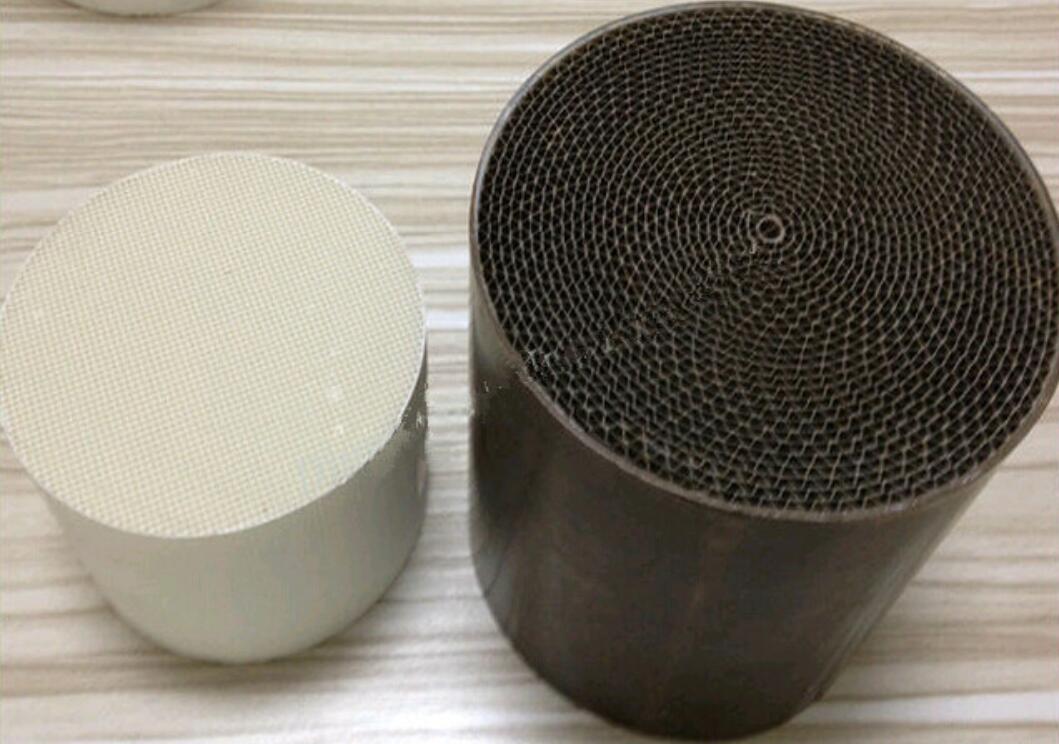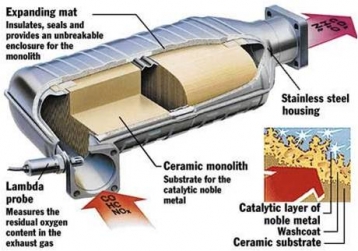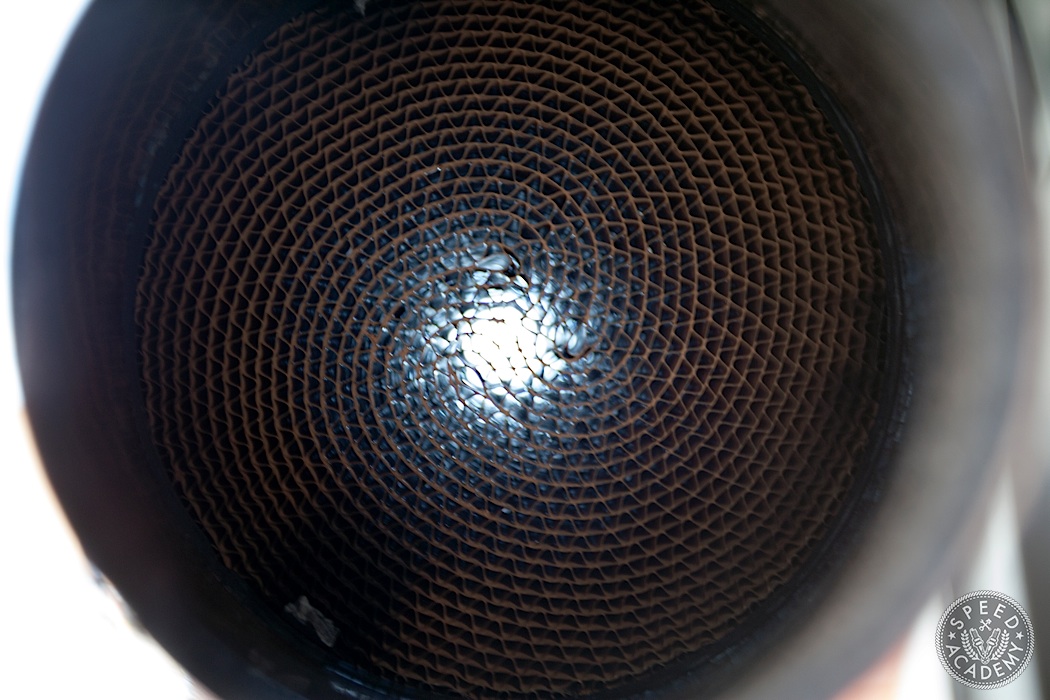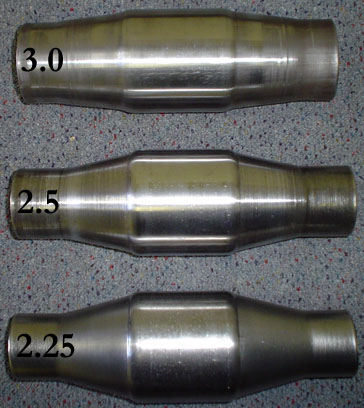Catalytic Converter Metallic Vs Ceramic

Compared with a ceramic substrate you can see that.
Catalytic converter metallic vs ceramic. The catalytic converter s construction is as follows. Ceramic catalytic converter substrate has a meltdown temp of around 1500 degrees. I contacted our representative at magnaflow about the differences in the metallic and ceramic catalytic converters. This screen is dipped and coated in a bath of liquid metal.
Many coating companies will suggest ceramic to avoid production line change overs from ceramic to metallic. In small sizes under 6 od the ceramic is usually more cost effective per piece over the metallic but due to difficulty in packaging ceramic and extra processes required the metallic total system cost often is more advantageous. The effectiveness of the converter is basically determined by the amount of precious metals present on the honeycomb substrate. Manufacturing the most diverse metallic substrate product offering in the world.
The catalyst support or substrate for automotive catalytic converters the core is usually a ceramic monolith that has a honeycomb structure commonly square not hexagonal. The price difference in any catalytic converter is based on the loading not the base material of the honeycomb. Pi is a high performance catalytic converter manufacturer specializing in the development and manufacturing of fabricated metal products and catalyst solutions for all applications. Part of the science behind the best high performance cats on the market involves the use of a metal substrate or core.
However metal s thermal characteristics may require the addition of insulation to compensate for rapid cooling during the ten minute shut down and hot restart portion. The herringbone corrugated acr metal units outperformed equivalent plate fin metal and conventional ceramic units and approached the performance of 25 larger ceramic converters. Recently however many papers 1 41 have been published promoting certain advantages of metal foil substrates over conventional ceramic monolith substrates. The precious metals used as catalysts are distributed in molecular form over a rough surfaced ceramic wash coat covering the metallic honeycomb substrate.
The metallic ones are usually used on obd1 applications. The catalytic converter overheats because combustion takes. Metal substrates like those used in vibrant gesi cats have a meltdown temp of 2800 degrees. The recipe for this bath is made up of precious metals like platinum gold and rhodium.
Immediate cost effective solutions to tighter emission standards. Background ceramic pellets and more particularly ceramic monoliths have been the substrates of choice for automotive catalytic converters over the past fifteen years.


















